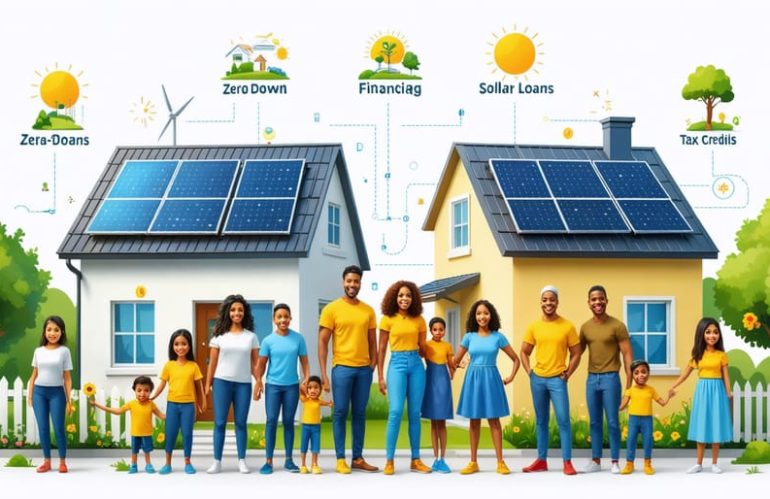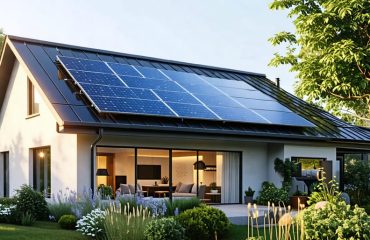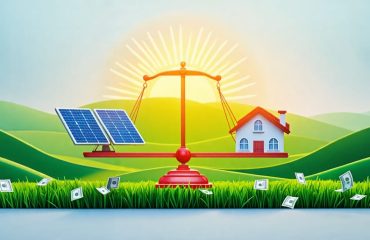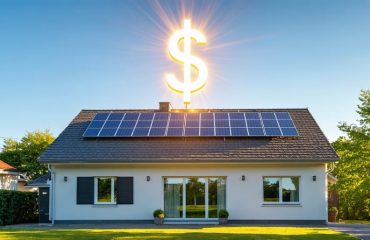Transform your dream of going solar into reality, regardless of your current financial situation. Solar financing has evolved dramatically, making clean energy accessible to virtually every homeowner through flexible payment options and innovative programs.
Today’s solar financing landscape offers multiple paths to ownership: zero-down loans, power purchase agreements (PPAs), solar leases, and government-backed programs specifically designed for low-to-moderate income households. Most homeowners can now go solar with little to no upfront cost while immediately reducing their monthly energy expenses.
The average American family saves $10,000-30,000 on electricity costs over their solar system’s lifetime, even when factoring in financing costs. With federal tax credits covering 30% of your system’s cost, state-level incentives, and specialized financing programs, solar power has never been more financially attainable.
This guide breaks down every financing option available, helping you understand exactly how to make solar work within your budget – no financial expertise required.
Solar Financing Options That Work for Every Budget
Government Incentives and Programs
The federal government offers significant incentives to make solar power more accessible, including the Solar Investment Tax Credit (ITC), which allows you to deduct 30% of your solar installation costs from your federal taxes. Many states provide additional tax credits, rebates, and grants that can substantially reduce your upfront costs. For example, some states offer Solar Renewable Energy Certificates (SRECs), allowing you to earn extra income by selling the environmental benefits of your solar production.
Local utilities often provide rebates and performance-based incentives, while many municipalities offer property tax exemptions for solar installations. There are also special assistance programs for low-income families that can make solar power virtually free through grants and specialized financing options.
To maximize these benefits, it’s important to research available programs in your area, as incentives vary by location and can often be combined. Many of these programs operate on a first-come, first-served basis, so timing your solar investment to align with program availability can lead to significant savings. Consider consulting a solar advisor who can help identify all applicable incentives for your specific situation.
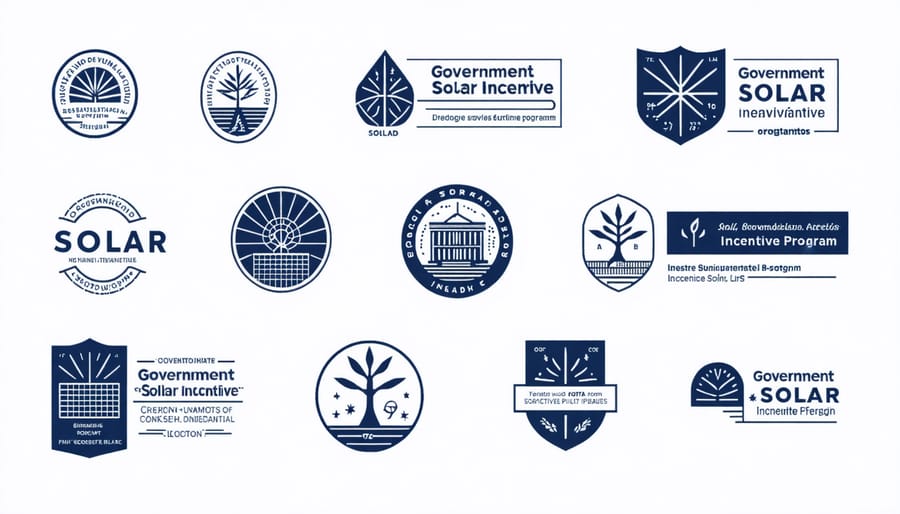
Solar-Specific Loans and Their Benefits
Solar-specific loans offer unique advantages tailored to homeowners looking to invest in renewable energy. These specialized financing options typically feature lower interest rates, longer repayment terms, and more flexible qualification requirements compared to traditional home improvement loans. Many solar lenders understand the value of energy savings and factor this into their approval process.
One of the most attractive features is that some providers offer zero-interest solar financing options during promotional periods, making the transition to solar power even more affordable. These loans often come with no prepayment penalties and may include performance guarantees for your solar system.
Solar-specific loans can be secured or unsecured, with secured loans using your solar system as collateral, resulting in better rates. Many lenders also offer same-day approval and streamlined paperwork processes. The loan terms typically align with the expected solar savings, meaning your monthly loan payment could be less than your current electricity bill, creating immediate positive cash flow for your household.
Additionally, these loans often include features that help you take advantage of solar tax credits and incentives, maximizing your financial benefits from day one.
Breaking Down the Real Costs
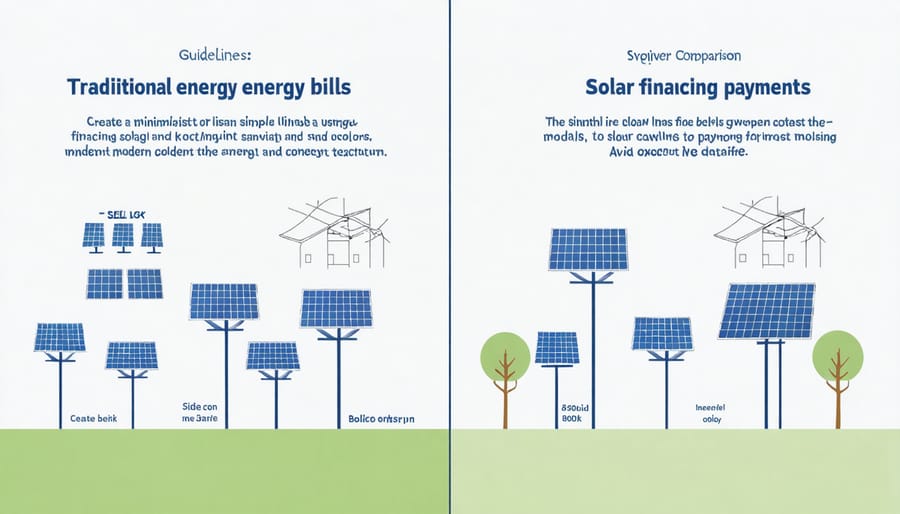
Initial Investment vs. Monthly Savings
When considering solar panel financing, homeowners often face a crucial decision: making a larger upfront investment or opting for smaller monthly payments. While actual installation costs can seem daunting initially, paying cash typically offers the highest long-term savings and fastest return on investment, usually within 5-7 years.
Monthly financing options, while requiring less upfront capital, extend the payback period but make solar more accessible. A typical solar loan might add $100-200 to your monthly expenses, but this is often offset by immediate reductions in your electricity bill. The key advantage of monthly payments is maintaining cash reserves for other investments or emergencies.
Consider this practical example: A $20,000 system paid upfront might save $200 monthly on electricity bills, while financing the same system could result in a $150 monthly loan payment plus $200 in electricity savings, netting $50 monthly. Over time, both approaches lead to significant savings, but your choice should align with your current financial situation and long-term goals.
Hidden Savings You Might Not Know About
When you go solar, the savings extend far beyond your monthly electric bill. Your home’s value typically increases by 4-6%, making it a smart long-term investment. Many homeowners don’t realize that solar installations qualify for property tax exemptions in numerous states, meaning you won’t pay extra taxes on your home’s increased value.
Solar panels also provide protection against rising utility rates, effectively locking in your energy costs for decades. The federal solar tax credit isn’t the only incentive available – many states offer additional tax breaks, rebates, and performance-based incentives that can significantly reduce your overall costs.
Some utility companies offer special time-of-use rates for solar customers, allowing you to earn more credits during peak hours. Additionally, your solar installation might qualify you for reduced home insurance premiums, as many insurers now offer green energy discounts.
Don’t overlook Solar Renewable Energy Credits (SRECs) – in eligible states, you can earn extra income by selling these credits to utility companies, creating a passive revenue stream from your solar investment.
Step-by-Step Application Process
Required Documentation
To qualify for solar financing, you’ll need to gather several key documents. Start with proof of income, including recent pay stubs, W-2 forms, and tax returns from the past two years. You’ll also need to provide your credit score (typically 650 or higher for most programs) and proof of homeownership, such as your deed or mortgage statement.
Additional required documentation includes:
– Current utility bills to demonstrate energy usage
– Proof of homeowner’s insurance
– Valid government-issued ID
– Recent bank statements
– Property tax records
Most solar financing programs also require your home to meet basic structural requirements. Your roof should be in good condition and have adequate sun exposure. Some lenders may request a recent home appraisal or proof that you’re current on your mortgage payments.
Keep in mind that specific requirements can vary by lender and program type, so it’s wise to gather these documents early in the process to streamline your application.
Timeline and Next Steps
The solar financing and installation process typically takes 2-3 months from start to finish. After choosing your financing option, you’ll submit a formal application with required documentation like proof of income, tax returns, and property information. Once approved, which usually takes 1-2 weeks, your solar provider will conduct a home assessment and design your system.
The installation phase begins with obtaining necessary permits, which can take 2-4 weeks depending on your location. The actual installation usually takes only 1-2 days. Following installation, you’ll need a final inspection and approval from your utility company to connect to the grid, typically taking another 2-3 weeks.
Throughout this process, your solar provider will handle most paperwork and coordination. You’ll receive regular updates and can track progress through an online portal. Within a month of system activation, you’ll start seeing the impact on your energy bills.
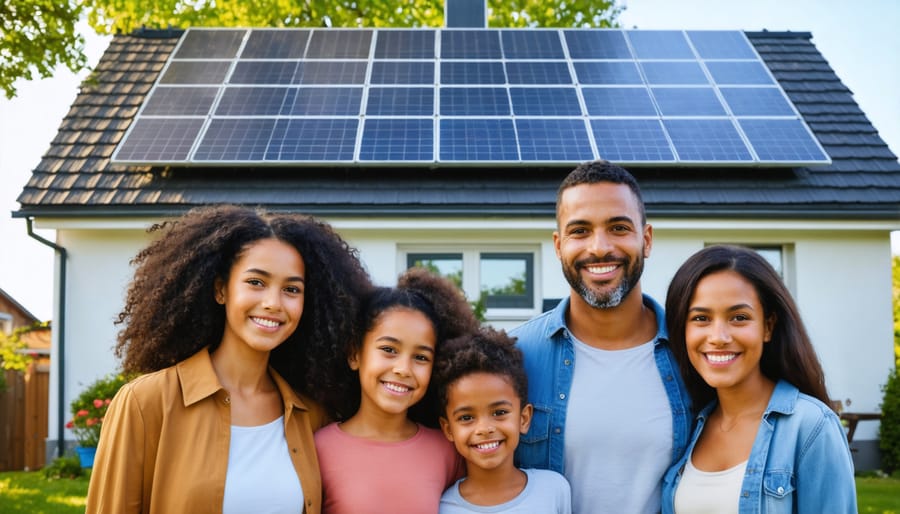
Success Stories and Real Examples
Meet Sarah Thompson, a single mother from Phoenix, Arizona, who transformed her energy costs through solar financing. Despite her modest income of $35,000 per year, Sarah secured a solar installation through a combination of federal tax credits and a low-interest solar loan. Today, her monthly energy payments are 40% lower than before, and she’s on track to own her system outright in just seven years.
In Detroit, the Williams family leveraged their state’s solar incentive program along with an FHA-backed home improvement loan to install a 6kW system. Despite initial hesitation about their credit score, they qualified for favorable terms and now save an average of $125 per month on electricity costs, even during Michigan’s cloudy winters.
The Martinez family in New Mexico demonstrates how community solar programs can work for renters. Unable to install panels on their rented home, they subscribed to a local community solar garden. Their monthly subscription costs $85, but they save approximately $100 on their electricity bill, resulting in immediate positive cash flow.
In rural South Carolina, retired couple James and Mary Baker thought solar was out of reach until they discovered USDA’s Rural Energy for America Program (REAP). Combined with state incentives, they installed a system with zero money down. Their fixed income now stretches further with energy bills reduced by 60%.
The Success of Group Buying: In Portland, Oregon, a neighborhood coalition of 15 low-income households participated in a bulk purchasing program, reducing installation costs by 25%. Each family saved an average of $5,000 on their systems, making solar accessible to households with annual incomes between $30,000 and $45,000.
These stories highlight a crucial truth: solar power isn’t just for the wealthy. Through creative financing options, government programs, and community initiatives, families across different income levels are successfully transitioning to solar energy. The key factors in their success include:
– Thorough research of available incentives
– Consultation with multiple solar providers
– Understanding of different financing options
– Patience with the application process
– Willingness to explore alternative programs like community solar
Each of these households now enjoys both immediate monthly savings and long-term energy independence, proving that with the right approach, solar power can be accessible to almost anyone.
Going solar doesn’t have to be a financial burden. With the variety of financing options available today – from solar loans and leases to PPAs and government incentives – there’s a solution for nearly every budget. By carefully evaluating your energy needs, financial situation, and available programs, you can choose the path that best fits your circumstances. Remember that solar installation is more than just an expense; it’s an investment in your home’s future value and environmental sustainability. Take the first step today by getting quotes from multiple installers and exploring financing options in your area. The sooner you start, the sooner you can begin enjoying reduced energy bills and contributing to a cleaner environment.

